Defaulting To User Installation Because Normal Site-Packages Is Not Writeable
Introduction:
When it comes to installing Python packages, the default location for their installation is the “site-packages” directory. However, there can be instances where this directory is not writeable due to various reasons, leading to challenges in installing packages. In such scenarios, a feasible solution is to opt for user installation. This article will delve into user installation as an alternative to default site-packages, exploring its advantages, disadvantages, setting up procedures, and usage in different programming languages.
Using User Installation for Defaulting:
User installation, also known as “user-site installation”, is an alternative approach for Python package installation when the default site-packages directory is not writeable. It allows users to install packages into a directory that they have write access to. By default, this directory tends to be located in a user’s home directory. User installation helps overcome writeability issues, allowing for smooth installation and management of packages.
Using Virtual Environments for Isolated Installations:
Before we delve into user installation, it’s crucial to highlight the significance of virtual environments. Virtual environments provide isolated spaces where Python packages and dependencies can be installed without interference from other environments. By creating a virtual environment, you ensure that your user installation remains well-organized and isolated from the system’s default Python environment.
Understanding Site-Packages and its Purpose:
Site-packages is the default directory where Python packages are stored after installation. It serves as a central repository for all packages installed system-wide. The site-packages directory is accessible to all users, requiring write access for successful installation. However, due to permission restrictions, it may sometimes be un-writeable, resulting in the need for an alternative installation approach.
Reasons for Site-Packages Being Un-writeable:
There can be multiple reasons behind the site-packages directory being un-writeable. One common cause is insufficient permissions granted to users. In shared hosting environments or systems with restricted user rights, users may not have write access to site-packages. Additionally, operating system updates or misconfigurations can lead to writeability issues. Identifying the specific reason behind site-packages un-writeability is crucial in determining the right solution.
Potential Issues with User Installation:
While user installation serves as a helpful workaround for writeability issues, it is essential to consider potential issues that may arise. One such concern is maintaining consistency across different environments. User installation can result in multiple copies of the same package being installed across various virtual environments or projects, leading to versioning conflicts. Additionally, some packages may not be compatible with user installation, restricting their usage.
Advantages and Disadvantages of User Installation:
User installation offers several advantages. Firstly, it eliminates dependency on the system’s default Python environment, providing flexibility for installation and management. Secondly, user installation allows for easy cleanup, enabling users to remove packages without affecting the system-wide installation. However, user installation also has its disadvantages. It requires users to remember the specific installation location for each virtual environment, increasing complexity. Moreover, it may not be suitable for shared hosting environments or instances where system-wide access is necessary.
Setting up and Configuring User Installation:
Setting up user installation involves a few essential steps:
1. Identifying the user-site directory: The user-site directory serves as the installation target for packages. It is typically located within the user’s home directory.
2. Checking Python installation: Verify that Python is properly installed on your system and accessible from the command line.
3. Configuring Python’s sitecustomize module: Create or modify the sitecustomize module to enable user installation. This module ensures that Python searches for packages within the user-site directory.
4. Creating virtual environments: Use appropriate tools like venv or virtualenv to create isolated virtual environments for user installation.
Utilizing User Installation in Different Programming Languages:
While this article primarily focuses on Python, the concept of user installation can be extended to other programming languages as well. Each language may have its specific setup and configuration steps. However, the fundamental idea of installing packages in a user-accessible directory remains consistent across languages.
FAQs:
Q1. Where are Python packages installed by default?
Python packages are installed in the “site-packages” directory by default. However, this location may vary depending on the operating system and Python installation.
Q2. What does “Requirement already satisfied” mean in Python?
The “Requirement already satisfied” message commonly appears when you attempt to install a package that is already installed in the specified environment. It indicates that the package is already available and does not need to be reinstalled.
Q3. Could not find a version that satisfies the requirement Python error. What does it mean?
The “Could not find a version that satisfies the requirement” error occurs when the desired package version is not available in the repository or index being searched by the package manager. It implies that the specific package version you are trying to install is not accessible.
Q4. Where does pip install packages?
The pip package manager installs Python packages by default in the “site-packages” directory of the Python environment being used.
Q5. How to use pip3 install instead of pip install?
The command “pip3 install” is utilized to install Python packages using the pip3 package manager, which specifically targets Python 3.x versions. This command ensures that the package is installed within the correct Python environment.
Q6. How to check if a Python library is installed?
To verify if a specific Python library is installed, you can use the “import” statement in a Python script. If the library is imported successfully, it means it is installed; otherwise, an error message will indicate the absence of the library.
Q7. How to install Python packages to a specific directory?
To install Python packages to a specific directory, you can utilize the “pip install” command along with the “–target” flag, followed by the desired directory path. This directs pip to install the package in the specified location.
Conclusion:
Defaulting to user installation when the site-packages directory is not writeable solves the challenges encountered during package installation. By understanding the purpose, advantages, and disadvantages of user installation, developers can make informed decisions about its usage. With proper setup and configuration, user installation offers a robust approach to managing and installing Python packages, ensuring a smooth development experience even in scenarios where default directories pose limitations.
Partial Solution – Pip Installation How To Add Pip To Correct Path On Windows 10 For Python 3.8
What Is Defaulting To User Installation Because Normal Site-Packages Is Not Writeable On Mac?
When it comes to developing software or working with various libraries and packages on macOS, it is essential to understand the concept of site-packages and why a defaulting to user installation occurs when the normal site-packages directory is not writable. This article will delve into the details of this phenomenon, explaining what site-packages are, why they are important, and why defaulting to user installation is necessary when the default location is inaccessible on a Mac.
Understanding site-packages and its Significance:
In Python programming, site-packages is a directory that houses various third-party libraries and packages that are installed globally on a system. These packages are essential for developers as they provide additional functionality and prebuilt tools that facilitate the development process. Site-packages offer a central location where these libraries are stored, making them readily accessible for all users on a computer.
Defaulting to User Installation:
By default, when you install a package or library using a package manager like pip, it will be installed in the system-wide site-packages directory. However, on a Mac, the normal site-packages directory may not always be writable, potentially causing issues when attempting to install or update packages. In such cases, Python defaults to user installation.
User installation refers to the installation of packages in a user-specific location, typically within the user’s home directory. This ensures that the required packages are accessible to the user, regardless of the permissions associated with the system-wide site-packages directory.
Reasons for the Normal Site-Packages Directory Not Being Writable:
There can be several reasons why the normal site-packages directory on a Mac is not writable. One common cause is the lack of proper administrative privileges or permissions to modify system-level directories. This can occur if the user account used does not have full access rights or if the system policies restrict modification of critical directories for security reasons.
Another reason could be a misconfigured Python environment. If the Python installation on the Mac is not set up correctly, it may result in a non-writable site-packages directory.
Furthermore, it is possible that the site-packages directory has incorrect ownership or permissions due to previous misconfigurations or alterations, preventing write access.
Benefits and Advantages of Defaulting to User Installation:
Defaulting to user installation offers several benefits when the normal site-packages directory is not writable on a Mac:
1. Flexibility and Control: User installation allows developers to have full control over their Python environment, regardless of system-level restrictions. This ensures that they can install and manage packages without relying on administrative permissions.
2. Virtual Environments: User installation is crucial for setting up isolated Python environments using tools like virtualenv or conda environments. These virtual environments enable the creation of self-contained Python setups, ensuring reproducibility and simplifying package management.
3. Package Compatibility: User installation ensures that packages installed by individual users do not interfere with or impact other users’ setups. This allows different users to work with different versions or configurations of the same packages without conflicts.
4. Customization and Experimentation: With user installation, developers can experiment with different versions of packages or even modify them as needed, without affecting the system-wide setup. This provides the freedom to explore new features or make changes specific to their projects.
FAQs:
1. Can I change the default site-packages directory on a Mac?
While it is technically possible to change the default location of the site-packages directory on a Mac, it is generally not recommended. Modifying critical system directories can lead to unexpected consequences and potential compatibility issues. It is best to leverage user installation or virtual environments for managing package locations.
2. How can I determine if the normal site-packages directory is not writable?
You can check the permissions and ownership of the site-packages directory using the “ls -l” command in Terminal. If the output indicates that you do not have write access or if the ownership is incorrect, it implies that the site-packages directory is not writable.
3. How do I perform a user installation of packages on a Mac?
To perform a user installation of packages on a Mac, you can use the “-user” flag with the pip command. For example, “pip install
4. Are there any drawbacks to defaulting to user installation?
While user installation provides flexibility, it also has some drawbacks. It may result in duplicating packages across different user accounts, consuming additional disk space. Additionally, system-wide updates or modifications made by administrators may not automatically propagate to user installations, potentially leading to compatibility issues.
In conclusion, defaulting to user installation when the normal site-packages directory is not writable on a Mac ensures developers can continue working with Python packages without relying on system-wide accessibility. Understanding this mechanism and leveraging user installations or virtual environments allows for enhanced control, customization, and efficient package management on macOS.
Why Is My Pip3 Install Not Working?
Python is one of the most popular programming languages, known for its simplicity and versatility. One of the key reasons behind its widespread use is its package management system, known as pip (Package Installer for Python). However, at times, users may encounter issues with the pip3 install command. If you are experiencing difficulties with installing packages using pip3, this article aims to provide you with a comprehensive guide to understanding and resolving the problem.
Before diving into the reasons behind pip3 installation failures, it is essential to understand the basics of pip3. Pip3 is a command-line tool that allows Python programmers to install third-party libraries, modules, and packages from the Python Package Index (PyPI) repository. It conveniently handles dependency resolution, versioning, and virtual environment separation.
Now, let’s explore some common reasons why your pip3 install may not be working:
1. Incorrect pip3 installation: A frequent cause of pip3 installation issues is an incorrect or incomplete installation. Ensure that pip3 is correctly installed on your system by running ‘pip3 –version’ in your terminal or command prompt.
2. Internet connectivity issues: Pip3 requires an active internet connection to download and install packages from the PyPI repository. Make sure you have a stable internet connection, as connectivity problems can prevent pip3 from functioning correctly.
3. Proxy configuration: If you are using a proxy server to connect to the internet, it may interfere with pip3’s ability to download packages. Configure your proxy settings correctly by referring to the documentation of your operating system or network setup.
4. Outdated pip3 version: An outdated pip3 version can lead to compatibility issues, especially when installing newer packages. Upgrade pip3 to the latest version by running ‘pip3 install –upgrade pip’ in your terminal or command prompt.
5. Conflicting Python versions: If you have multiple Python versions installed on your system, there might be conflicts with pip3 installation. Ensure that you are using the correct version of pip3 for your Python environment.
6. User permissions: Insufficient user permissions could prevent pip3 from installing packages. Run your terminal or command prompt as an administrator or use the ‘sudo’ command (for Linux and macOS) to execute the installation process with elevated privileges.
7. Malfunctioning package index: Sometimes, PyPI (the package index for Python) may experience temporary issues or maintenance. Verify the PyPI status through the official website or check online developer communities to see if others are encountering related problems.
8. Package restrictions: Certain packages may have specific hardware or operating system requirements, preventing them from being installed on your system. Refer to the package documentation or guidelines to ensure compatibility with your setup.
FAQs:
1. Why am I getting a ‘pip3 command not found’ error?
This error typically occurs when pip3 is not correctly installed or added to the system’s PATH variable. Double-check your pip3 installation or consider adding the correct PATH entry manually.
2. How do I upgrade pip3 on Windows?
To upgrade pip3 on Windows, open your command prompt and run ‘python -m pip install –upgrade pip’.
3. Why does pip3 installation take a long time?
The time it takes to install packages through pip3 largely depends on the package size, internet connection speed, and computational resources available. Some packages can be large and require substantial time to download and install.
4. I receive ‘Access denied’ errors while using pip3. What can I do?
Access denied errors often indicate insufficient user privileges. Make sure you have administrative rights or use the ‘sudo’ command when installing packages (for Linux and macOS).
5. Can I use pip and pip3 interchangeably?
In most systems, ‘pip’ and ‘pip3’ are interchangeable and refer to the same package manager. However, it is recommended to use ‘pip3’ when working specifically with Python 3.
In conclusion, encountering problems with pip3 install can be frustrating, but with a systematic approach, most issues can be resolved. This article has provided a comprehensive guide to help you troubleshoot and understand the reasons behind pip3 installation failures. Remember to keep your pip3 version up to date, ensure a stable internet connection, and address any configuration conflicts to ensure smooth package installations.
Keywords searched by users: defaulting to user installation because normal site-packages is not writeable Requirement already satisfied, Requirement already satisfied python, Where Python packages are installed, Could not find a version that satisfies the requirement, Where pip install packages, Pip3 install, Python check library installed, Pip install to specific directory
Categories: Top 72 Defaulting To User Installation Because Normal Site-Packages Is Not Writeable
See more here: nhanvietluanvan.com
Requirement Already Satisfied
Introduction (Word count: 120 words)
English, being one of the most widely spoken languages globally, often requires individuals to demonstrate their language proficiency through standardized tests. However, it is not uncommon for individuals to have already satisfied these language requirements even without officially taking such tests. This article aims to delve into the significance of “requirement already satisfied” in English, exploring the various circumstances and alternatives that allow individuals to prove their language skills without sitting for a formal exam. Additionally, we will address some frequently asked questions to provide readers with a comprehensive understanding of this topic.
Body
I. Why Requirement Already Satisfied is Important (Word count: 200 words)
1.1 Global Language Proficiency
English language proficiency is deemed necessary in various fields, including education, employment, immigration, and study abroad programs. Demonstrating that one has already satisfied language requirements allows individuals to navigate these sectors with ease.
1.2 Saves Time and Expenses
Avoiding redundant language tests saves applicants both time and money on exam fees, preparation materials, and test center visits.
1.3 Recognizing Learning Outside of Standardized Tests
Requirement already satisfied acknowledges alternative means through which individuals acquire language proficiency, including immersion experiences, previous academic qualifications, or language courses.
II. Situations for Requirement Already Satisfied (Word count: 370 words)
2.1 Prior Academic Achievements
Individuals who have completed a degree or diploma program conducted entirely in English in a recognized institution can often use this as proof of already satisfying the language requirement.
2.2 Language Certificates
Acquiring recognized language certificates, such as TOEFL, IELTS, Cambridge English exams, or similar tests, can serve as evidence of satisfying language requirements when applying elsewhere.
2.3 Professional Experience
Certain professions require English skills for practice, especially when dealing with international clients or working in multicultural environments. Demonstrating professional experience using English can often exempt individuals from further testing.
2.4 Immersion Experiences
Living or working in an English-speaking country over a prolonged period and actively using the language can provide individuals with sufficient language proficiency, eliminating the need for additional tests.
2.5 Language Training Courses
Completion of English language courses, with a recognized institution or university, can serve as an alternative means to satisfy language requirements. These courses can be full-time, part-time, or online depending on the institution.
FAQs Section
1. Can I submit a requirement already satisfied for any English language requirement?
Not always. Specific institutions or organizations may have different policies regarding what proof they accept. It is essential to check their guidelines to determine if the particular requirement already satisfied will be considered.
2. What documents should I submit to prove requirement already satisfied?
The required documentation varies depending on the institution’s or organization’s guidelines. Applicants may need to submit academic certificates, transcripts, certificates of language courses, or employment letters, among others. It’s advisable to consult the specific requirements of the institution or organization beforehand.
3. Will requirement already satisfied exempt me from all future language testing?
This depends on the policies of the institution or organization you are applying to. Some may still require language proficiency tests for specific programs or positions. It is essential to thoroughly read their guidelines or contact their admissions or human resource offices for clarification.
4. Is there a time limit to satisfy a requirement already satisfied?
Different institutions or organizations may have different stipulations. Some may have a validity period after which the requirement will no longer be considered. Others may not specify a time limit. It is crucial to understand the specific guidelines to ascertain the validity period of a satisfied requirement.
Conclusion (Word count: 100 words)
Understanding the concept of requirement already satisfied in English is vital for individuals seeking to navigate fields where language proficiency is a prerequisite. Being able to provide proof of language skills without going through additional testing can save time, effort, and expenses. Whether through prior academic achievements, language certificates, professional experience, immersion experiences, or language training courses, individuals have multiple avenues to satisfy the language requirement already. By staying well-informed about the guidelines of different institutions and organizations, applicants can make informed decisions and streamline their application processes accordingly.
Requirement Already Satisfied Python
Python is widely known as one of the most beginner-friendly programming languages, thanks to its simplicity and readability. With its vast array of libraries and frameworks, Python has become a popular choice for many developers. One powerful feature of Python that sets it apart from other languages is the “Requirement Already Satisfied” mechanism. In this article, we will explore what this feature entails, why it is beneficial, and how to make the most of it.
What is “Requirement Already Satisfied”?
In the Python packaging ecosystem, dependencies are an essential part of any project. Developers rely on external libraries and modules to provide additional functionalities and extend the capabilities of their applications. To manage these dependencies, Python developers use package managers, such as pip or Anaconda.
When working with Python packages, it’s crucial to ensure that the required dependencies are installed on the system. This is where the “Requirement Already Satisfied” mechanism comes into play. Essentially, it is a check to determine if a particular package already exists on your system before attempting to install it again. If the package is already installed, Python skips the installation process, saving time and effort.
Why is it beneficial?
The “Requirement Already Satisfied” feature offers numerous benefits to Python developers, including:
1. Faster installations: With this mechanism, developers do not have to wait for the installation of packages that are already present. It significantly reduces the time required to set up a project, especially when working with large frameworks or libraries.
2. Reliable version control: By automatically checking for existing packages, Python ensures that the appropriate version of a dependency is installed. This eliminates versioning conflicts that can arise when different packages require conflicting versions of the same dependency. Python’s package management system handles this seamlessly, leaving developers with peace of mind.
3. Efficient collaboration: When collaborating on a project, it’s essential to ensure that all team members have the same set of dependencies installed. With the “Requirement Already Satisfied” mechanism, developers can easily share their project’s requirements file, allowing others to reproduce the environment effortlessly.
4. Clear dependency tracking: By utilizing this feature, developers can keep track of all the required dependencies in their projects. This makes it easier to manage and update packages in the future, ensuring a more robust and maintainable codebase.
How to utilize the “Requirement Already Satisfied” mechanism?
To take advantage of this feature in Python, follow these steps:
1. Create a project directory: Start by creating a new directory for your project.
2. Initialize a virtual environment: It is good practice to work in a virtual environment to keep your project’s dependencies isolated. Using tools like virtualenv or Anaconda, create and activate a virtual environment.
3. Install required packages: Use a package management tool, such as pip, to install the required packages for your project. Specify the dependencies in a requirements.txt file, which typically consists of package names and their corresponding versions.
4. Run package installations: Using the “Requirement Already Satisfied” feature, Python will verify if each package needs to be installed. If a package is already present in your system, Python will skip the installation process, resulting in faster and more efficient setup.
FAQs about “Requirement Already Satisfied”:
Q: What if I need to update a package?
A: To update a package, simply modify the version number in your requirements.txt file and rerun the installation process. Python will automatically detect the change and install the updated package.
Q: Can I override the “Requirement Already Satisfied” check?
A: Yes, you can force Python to reinstall packages by using the “–upgrade” flag with the installation command. However, it is generally recommended to avoid doing this unless you have specific reasons to reinstall a package.
Q: How can I check if a package is already installed?
A: You can use the “pip show” command followed by the package name to check if a package is installed. It will display detailed information about the package, including the version number and installation path.
Q: Does this mechanism work across different operating systems?
A: Yes, the “Requirement Already Satisfied” feature works regardless of the operating system. Python’s package management tools handle the installation process consistently across platforms.
In conclusion, the “Requirement Already Satisfied” mechanism in Python is a powerful feature that saves time and effort for developers. By automatically checking for existing packages, it ensures faster installations, reliable version control, efficient collaboration, and clear dependency tracking. Utilizing this feature along with proper package management practices enables a smoother development experience and better-maintained projects.
Where Python Packages Are Installed
Python, being a widely-used programming language, offers an extensive range of packages and libraries that developers can utilize to enhance their projects. These packages provide a vast collection of pre-written code, making the development process faster and more efficient. As a Python developer, it is essential to understand where these packages are installed and how they can be accessed to maximize their potential. In this article, we will explore the location where Python packages are installed and delve into the details of their installation process.
The default location where Python packages are installed is known as the site-packages directory. This directory is usually found within the Python installation directory and can vary depending on the operating system being used. For instance, in Windows, the typical path can look something like this: “C:\Python37\Lib\site-packages”. Similarly, on a macOS system, the path may be “/Library/Python/3.7/site-packages”.
When installing packages using Python’s package manager, pip, the packages are automatically downloaded from the Python Package Index (PyPI) and saved in the site-packages directory. Pip conveniently handles all dependencies, ensuring that the necessary libraries are also installed if required by the package being installed.
It’s worth noting that Python allows the creation of isolated environments to overcome compatibility and dependency issues. Tools like virtualenv and conda allow developers to create these independent environments where packages can be installed without interfering with other Python installations on the system. In such cases, the packages are installed in a virtual environment-specific site-packages directory, making it easier to maintain and manage different project dependencies.
In addition to the site-packages directory, Python provides a user packages directory. This directory, often referred to as the user-site directory, is specifically intended for packages installed by individual users rather than system-wide installations. For instance, in Windows, the user-site directory can be found at ‘%APPDATA%\Python\Python37\site-packages’, whereas on macOS, the path might be ‘~/.local/lib/python3.7/site-packages’. Packages installed in the user-site directory have higher priority over those in the system-wide site-packages directory, ensuring that users can easily install and manage packages without administrative privileges.
Frequently Asked Questions (FAQs):
Q1. How can I check the location of the installed Python packages on my system?
A1. To find the site-packages directory on your system, you can execute the following line of code in the Python interpreter:
“`python
import site
print(site.getsitepackages())
“`
Q2. Can I change the default installation path for Python packages?
A2. Yes, it is possible to specify a different installation path for Python packages. For instance, when using pip to install a package, you can provide the `–target` flag followed by the desired installation path. This allows you to customize the location where the package will be installed. However, modifying the default installation path is not recommended unless you have specific requirements.
Q3. How can I install Python packages in a virtual environment?
A3. To install packages in a virtual environment, first, create the environment using a tool like virtualenv or conda. Once the environment is activated, you can use pip to install packages as usual. The packages will be installed within the virtual environment’s site-packages directory, ensuring isolation from other Python installations.
Q4. Are packages installed in the user-site directory available to all users on the system?
A4. Packages installed in the user-site directory are specific to the user who installed them and are not available to other users on the same system. Each user has their own user-site directory, providing independence from system-wide package installations.
Q5. How can I uninstall Python packages that I no longer need?
A5. To uninstall a package, you can use pip’s `uninstall` command followed by the name of the package. For example: `pip uninstall package_name`. This will remove the package and its dependencies from the site-packages directory.
Q6. I’m having trouble importing a package installed in the site-packages directory. What should I do?
A6. If you’re encountering import issues, ensure that the package is installed correctly in the site-packages directory. You can also check if the package is listed when executing `pip list` or `pip show package_name`. If the package is missing, try reinstalling it using pip.
In conclusion, Python packages are typically installed in the site-packages directory, providing a centralized location for easy access and utilization. Understanding the location of these packages and how they are installed is crucial for Python developers to effectively leverage the power of pre-written code and libraries. Whether it’s in the default site-packages directory, a virtual environment-specific directory, or the user-site directory, Python offers flexible options to manage and install packages, tailoring the development environment to the specific needs of each project.
Images related to the topic defaulting to user installation because normal site-packages is not writeable

Found 47 images related to defaulting to user installation because normal site-packages is not writeable theme


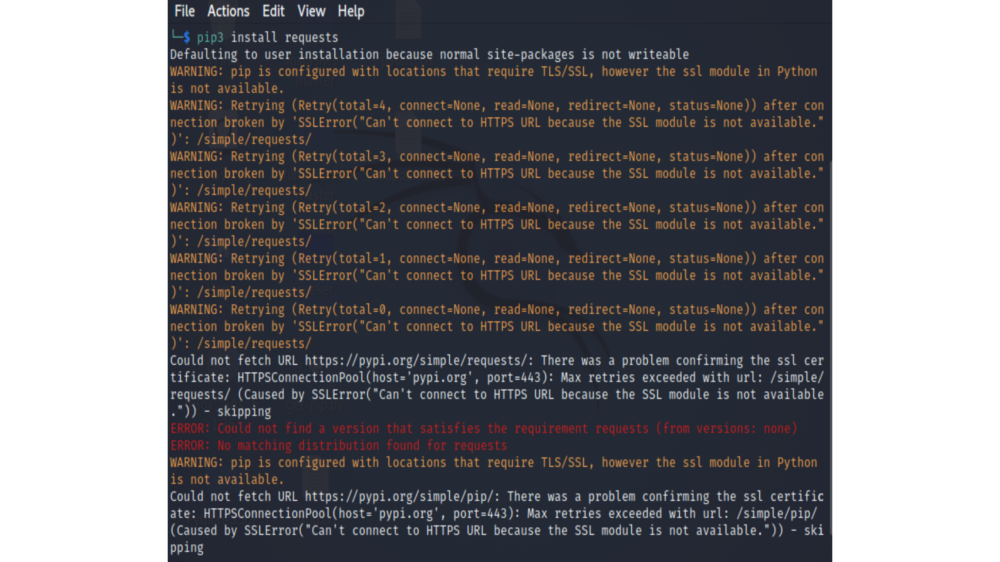

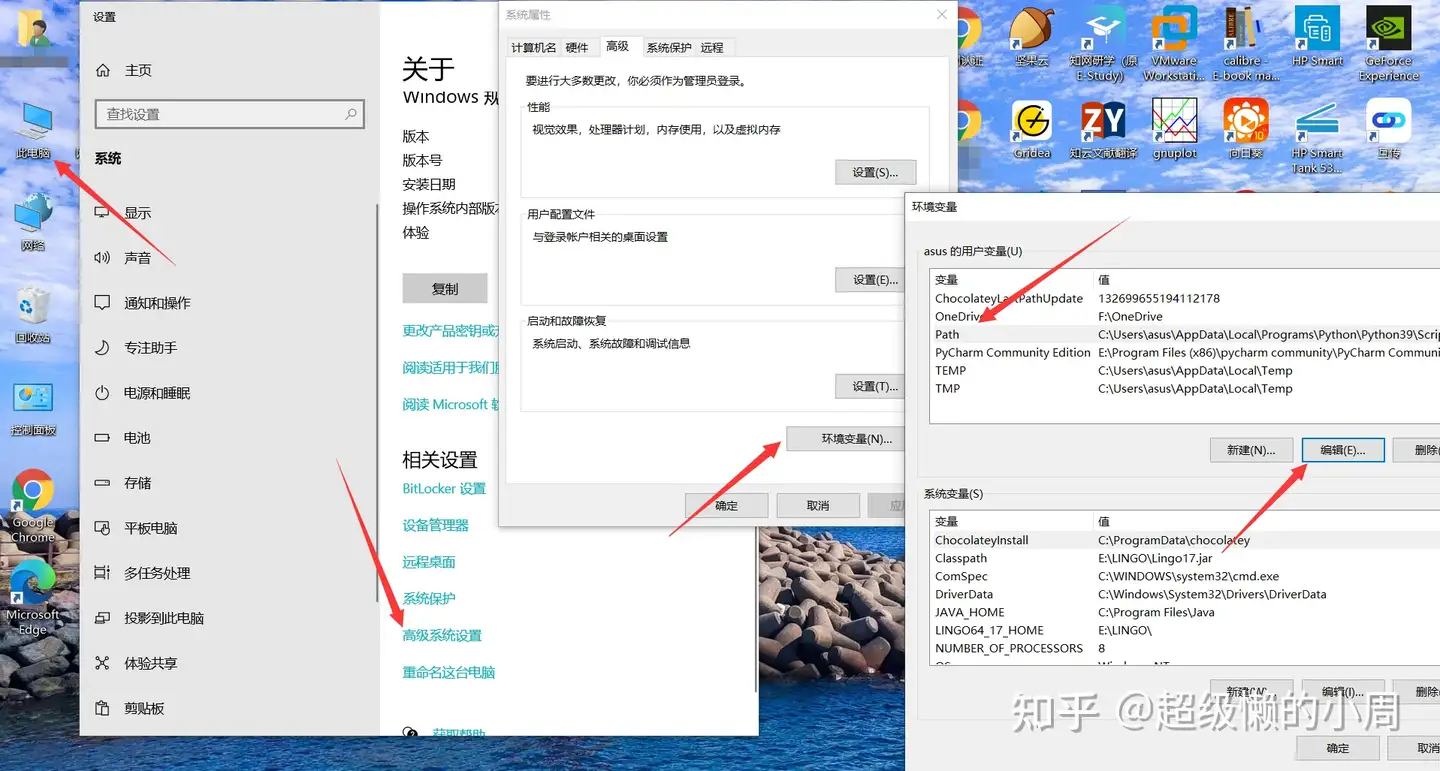
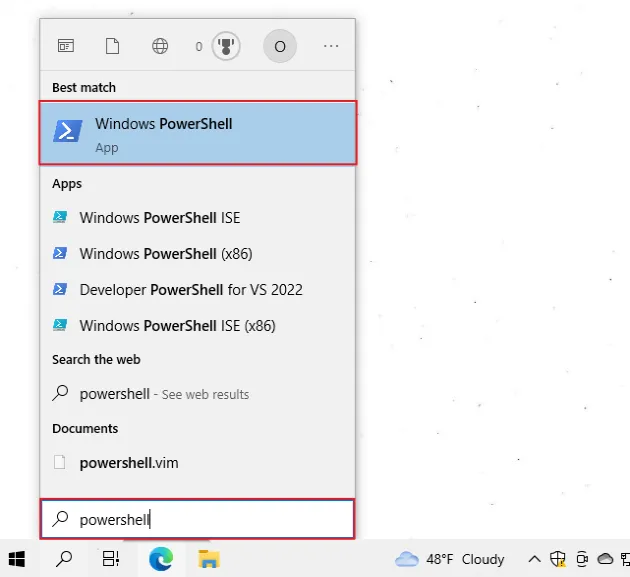
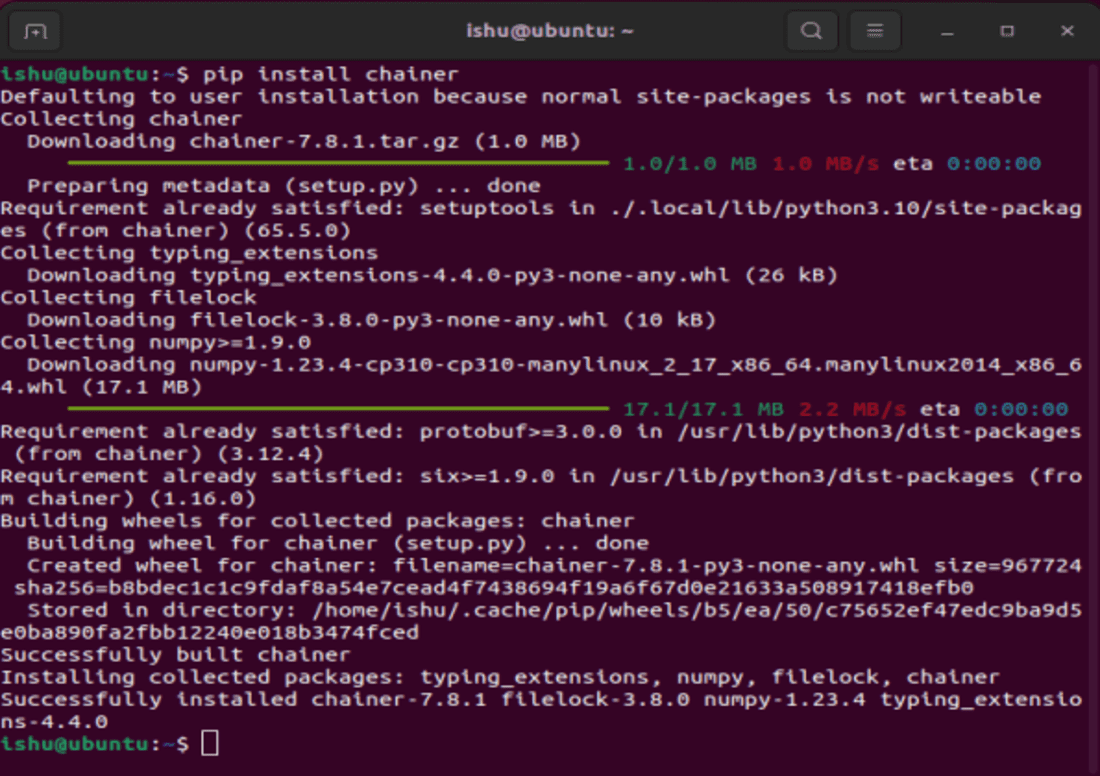
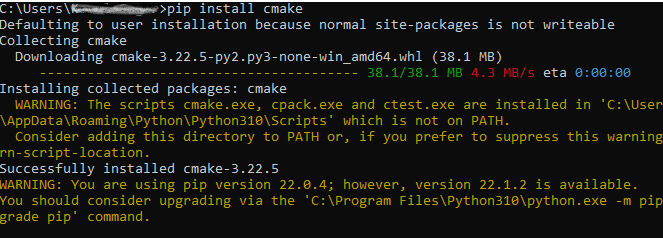














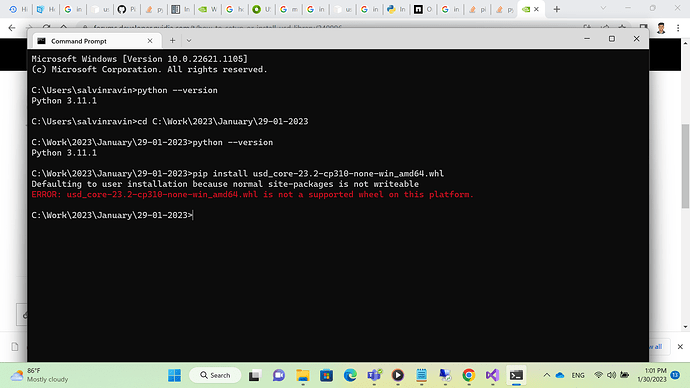





Article link: defaulting to user installation because normal site-packages is not writeable.
Learn more about the topic defaulting to user installation because normal site-packages is not writeable.
- Defaulting to user installation because normal site-packages …
- pip/python: normal site-packages is not writeable
- Default to User Installation Because Normal Site Packages …
- Defaulting to User Installation Because Normal Site-packages Is …
- 4 Ways to Fix the Pip Install Not Working Issue
- How to install Python packages with pip and requirements.txt – nkmk note
- How To Fix PIP Install Not Working? – TechNewsToday
- Defaulting to user installation because normal site …
- Defaulting to user installation because normal site …
- Defaulting to user installation because normal site …
- Defaulting to user installation because normal site- …
- Pip complains “your backend does not support editable …